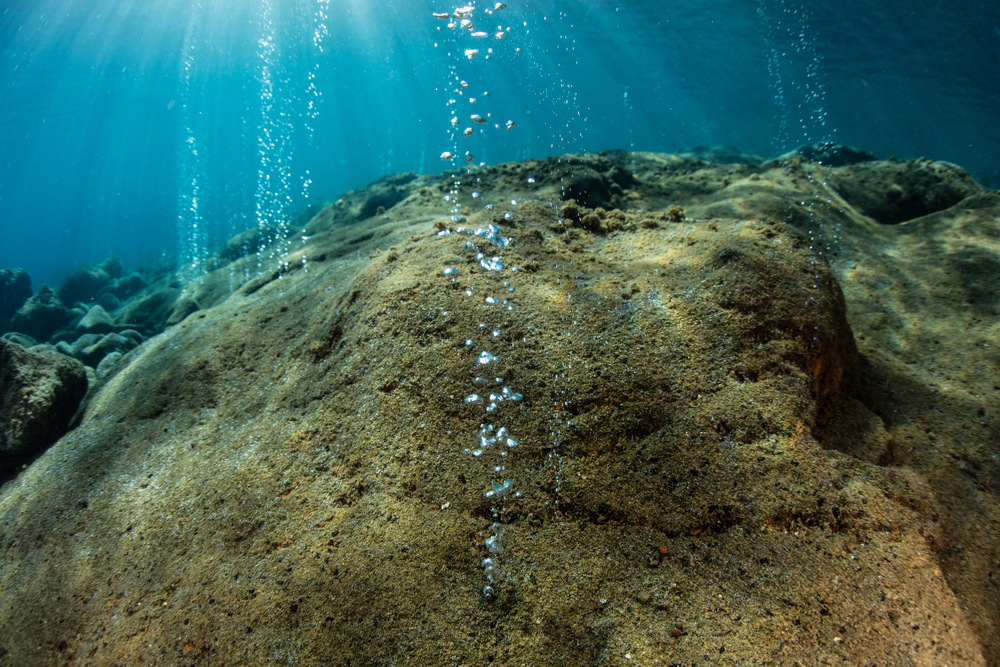New Clues About Earth’s Past Found in Submerged Island
Others are reading now
The bottom of our oceans still hides many secrets. Strange creatures, sunken ships, and even forgotten parts of Earth’s surface lie far below the waves.
Now, a surprising discovery near Brazil could rewrite part of our planet’s history, according to Ziare.
Scientists from Brazil and the UK were studying the seafloor about 1,200 kilometers off the coast of Brazil.
Once a Tropical Island
The area, known as the Rio Grande Rise, has long been known as an underwater volcanic plateau.
Also read
But new research shows that part of it used to be above sea level. It was once a tropical island.
This discovery began with a strange observation. The scientists found red clay mixed with layers of lava on the ocean floor.
That type of clay usually forms on land in hot, wet climates—not at the bottom of the sea. Marine geologist Bramley Murton said it looked like tropical soil.
The red clay is important. It contains minerals like kaolinite, hematite, and goethite, which only form when rocks are exposed to air and rain for a long time.
The clay’s chemistry shows it formed more than 40 million years ago, after the last volcanoes in the area stopped erupting.
Rare Minerals Found
Over time, the land must have slowly sunk into the ocean. Tectonic shifts and the weight of the rock dragged it down.
But before that happened, this island stood tall in the middle of the Atlantic during the Eocene epoch.
The area is rich in rare earth elements like nickel, cobalt, and yttrium. These are used in things like smartphones, electric vehicles, and fighter jets.
Countries are racing to find new sources, so this discovery could have economic as well as scientific value.
Scientists also think the island could have acted as a stopover point for birds flying between South America and Africa millions of years ago.
A hidden island, lost beneath the waves for ages, now returns to tell a new story of Earth’s past.


